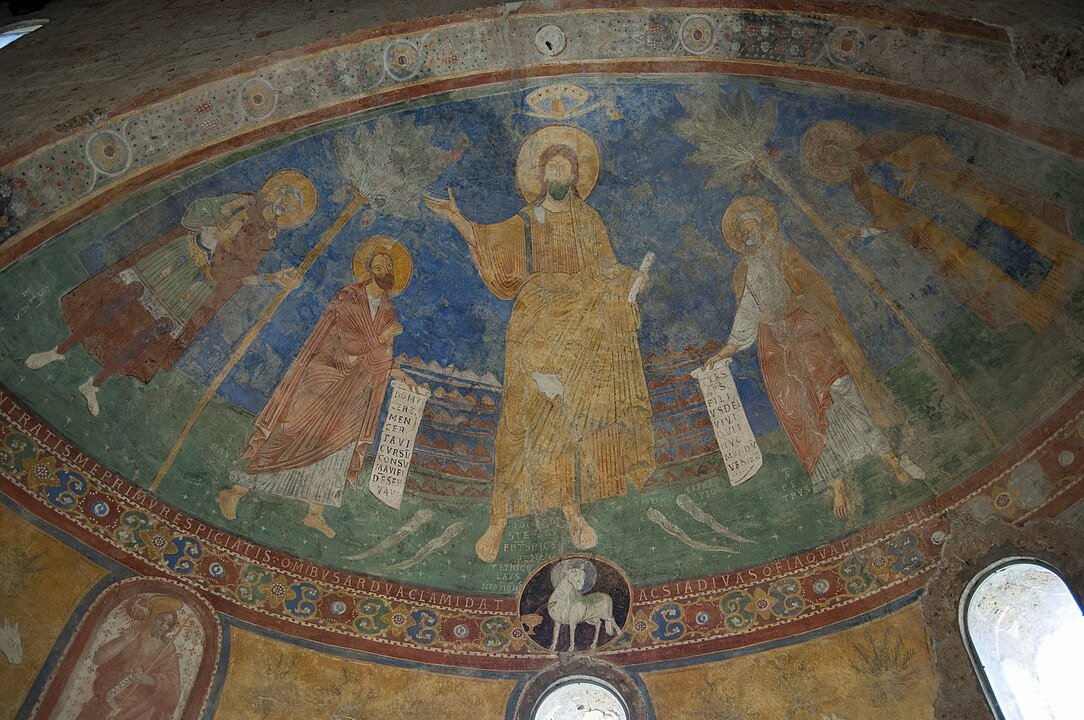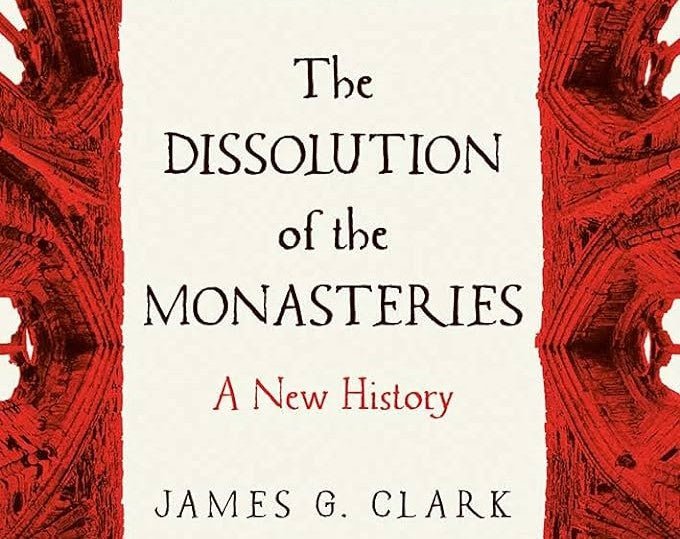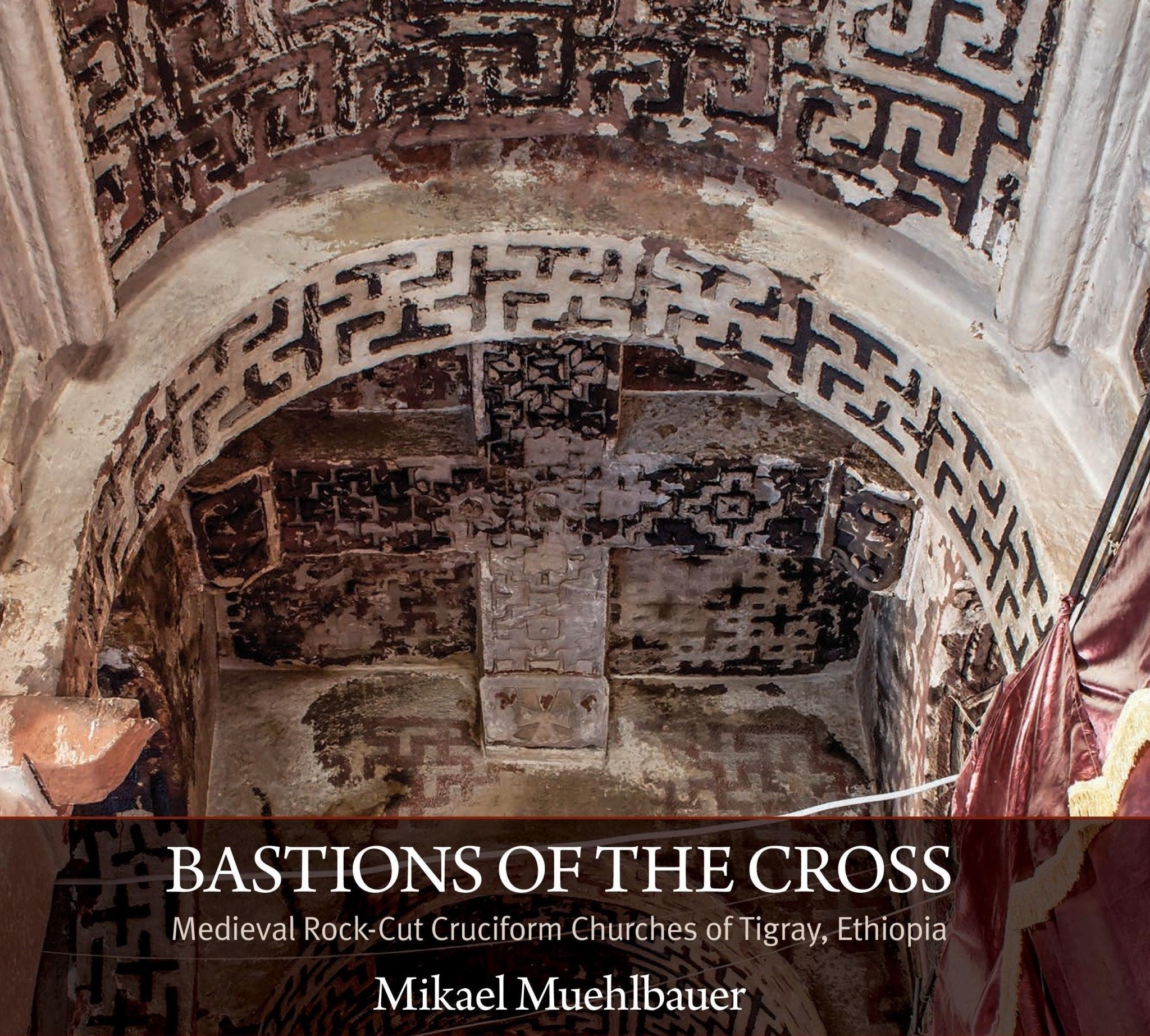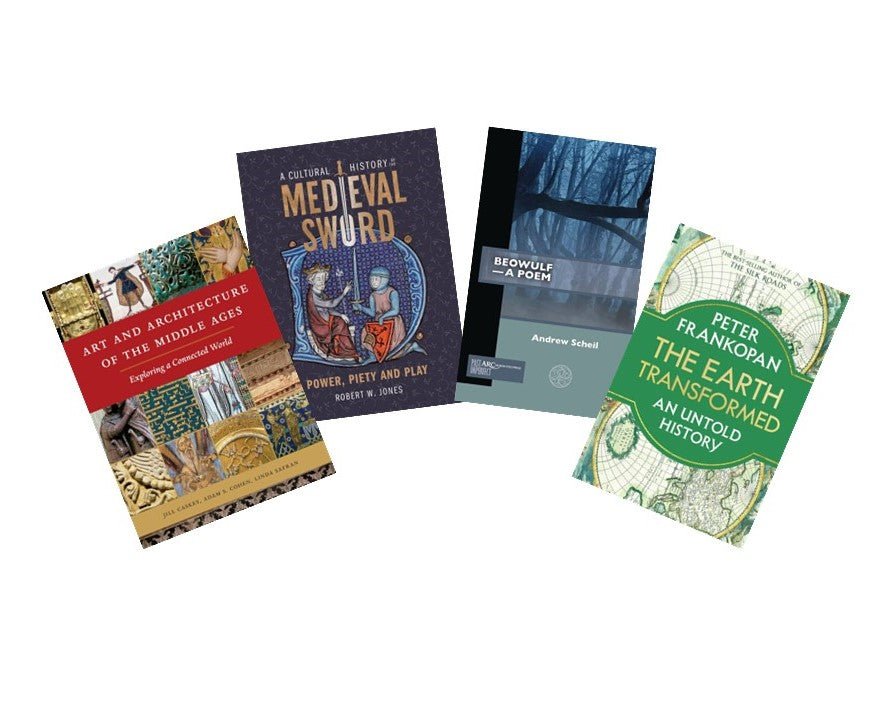Review: Courtrai 11 juillet 1302
The infantry theme issue of Medieval Warfare II-3 features the fighting Flemish burghers prominently in Vassilis Pergalias’ article about The Battle of Courtrai 1302, also known as the Battle of the Golden Spurs (see also The Battle of the Golden Spurs (Wikipedia)). While their contribution to the evolution of warfare has been noted early on by historians, only few publications exist to inform the general public. J. F. Verbruggen’s classic 1952 Dutch study of the battle has only recently been translated into English in a somewhat pricey edition (294 pages, Boydell Press 2002, ISBN 0851158889, 45 GBP). The battle’s coverage in French was sketchy at best, though this has been partly remedied by the 700th anniversary of the battle. The addition of Historic’One’s inexpensive Osprey Campaign-like booklet introduces this interesting battle to a larger French-speaking audience.
Publishing a series under the anti-marketing label of Les batailles oubliées (Forgotten Battles) must appeal to the French love for lost causes, from Crécy to Waterloo (the next medieval title to be published will cover another French defeat, the Battle of Verneuil 1424). The Franco-Belgian publisher is faced with the brave twin challenge of not only selling a book to the public but also promoting the importance of the book’s ‘forgotten’ topic. Why should one still commemorate and read about those battles of yore? The ‘winner-takes-all-effect’ of the attention economy makes it a much riskier venture to publish a title on a deserving but obscure battle than to water the evergreens like Agincourt, a mission the publisher has been commendably undertaking for more than a decade now. The currently available titles in the Les batailles oubliées series covering the medieval period are: Brémule 1119, Courtrai 1302, Varey 1325, Anthon 1430 and Montlhéry 1465. Hopefully, the foreign distribution channels will be expanded to the common internet booksellers. Currently, ordering directly via the publisher’s website is the best option.
In content and design, the booklets follow the classic Osprey Campaign model with commissioned battle paintings, but they offer more generous colour illustrations. On 80 to 96 glossy pages are presented the background, the protagonists, the armies, the campaign and the battle. The battle maps are typically more stylized than those found in Osprey Campaign titles. The murky tactical details of most medieval battle accounts justify this self-limitation. The series’ highlights are the wonderful colour page spreads of the participants’ coat of arms (125 overall for Courtrai 1302, based on an armorial d’ost de Flandre 1297, a description of which can be downloaded from www.armorial.dk).
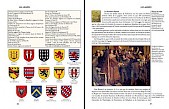 The 96 pages are divided into seven chapters. The first three rather short chapters provide the background information to the campaign and battle. Chapter 1 presents the protagonists, Philip IV of France, infamous for his later suppression of the Knights Templar, and his 75-years-old opponent Guy de Dampierre, Count of Flanders, as well as the territory of Flanders, desired by France, England and the Empire. Chapter 2 summarizes the relations of France and Flanders during the 13th century. Chapter 3 sees Guy de Dampierre abandoned by his English allies, which sets up the French invasion and the capture of Guy and his son in chapter 4. All is not lost, as the Flemish burghers rise up against the French occupation and push the invaders out. The French could not let this insult stand. Battle is soon joined.
The 96 pages are divided into seven chapters. The first three rather short chapters provide the background information to the campaign and battle. Chapter 1 presents the protagonists, Philip IV of France, infamous for his later suppression of the Knights Templar, and his 75-years-old opponent Guy de Dampierre, Count of Flanders, as well as the territory of Flanders, desired by France, England and the Empire. Chapter 2 summarizes the relations of France and Flanders during the 13th century. Chapter 3 sees Guy de Dampierre abandoned by his English allies, which sets up the French invasion and the capture of Guy and his son in chapter 4. All is not lost, as the Flemish burghers rise up against the French occupation and push the invaders out. The French could not let this insult stand. Battle is soon joined.
Chapter 5 presents the two unequal armies in detail, based on Verbruggen’s research. Thus we find listed among the French knights one Guillaume de(s) Brieux, who came all the way from Brittany only to die in the battle. Besides the knightly host, the French army was comprised of a notable component of foot soldiers. The Flemish army, in contrast, could rely only on a few knights. Its strength was based upon the Flemish city militias armed with crossbows, spears and clubs. The 23 pages of chapter 6 tell the story of the battle and discusses it with the help of two maps and many illustrations which highlight how differently artists interpreted the battle from medieval to the present times.
The Flemish owed their success to their choice of the battlefield, which broke up the French formation and their combination of crossbows, spears and clubs. While the French managed to defeat the Flemish shortly afterwards, they didn’t learn the lesson that mighty chivalry charges were a thing of the past. Only multiple defeats in the Hundred Years War and onwards would cool the furia francese. The Flemish success, however, was short-lived. The French defeated the Flemish two years later, annexed Flanders and dominated the area for the next two hundred years. In the concluding chapter 7, the curator of the Museum Kortrijk 1302, who has also written the booklet’s preface, offers a short virtual tour of the museum and extends a cordial “goedendag” to open minds, not crack skulls.
The Battle of Courtrai (or Kortrijk) in 1302 may be mostly forgotten in French history as a temporary setback in the push for the annexation of Flanders. Under the name of the “Battle of the Golden Spurs”, it plays an important part in both Flemish nationalism (which, self-defeating, offers the content of the 1302 battle museum’s website only in Flemish) and military history as an example of a town militia defeating the flower of chivalry.
This booklet about Courtrai and its sister titles are highly recommended for history buffs and wargamers. As the series title of Forgotten Battles indicates, information about these battles can be quite sparse and difficult to find (this is especially true about the Battle of Montlhéry in 1465). While the text requires decent French language skills, the illustrations and the good price might tempt those in command of only ‘school French’ too.
ISBN : 291299425X (2 January 2010)
Format 19 x 25 cm, 96 pages, 50 B&W and colour illustrations
Author: Alain Arcq
Publisher: Historic’One Editions
Address of publisher: http://www.historic-one.com
Reviewed by Jean-Claude Brunner

